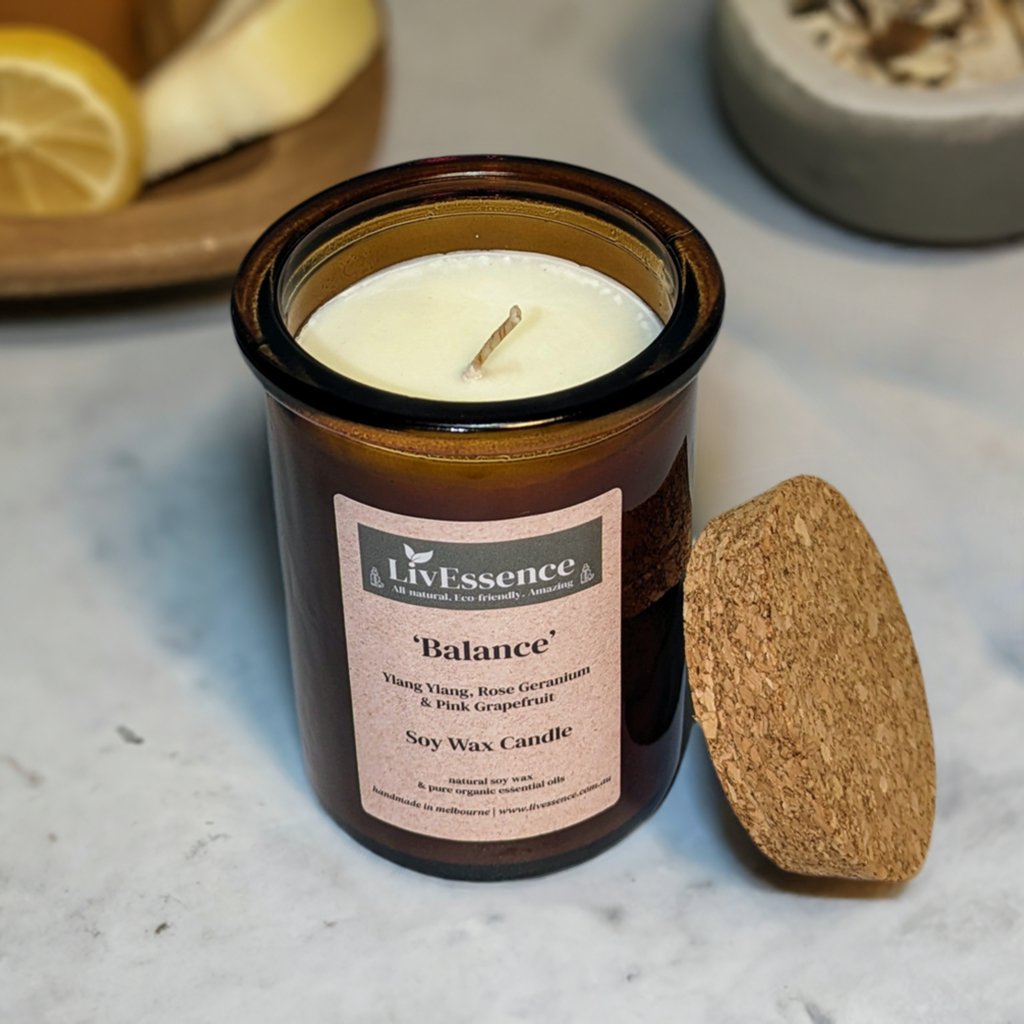From Wick to Wax: Understanding the Chemistry Behind Soy Wax Candles and Their Ecological Impact
As we illuminate our rooms with the warm glow of candle lights, there lies a world of intricate chemistry behind the relatively basic act of lighting a soy wax candle. Join us as we unravel the clinical ins and outs behind soy wax candles and discover their ramifications on our environment.
Soy Wax Vs. Paraffin Wax
When comparing soy wax and paraffin wax for candle light making, it is important to recognize the unique characteristics and advantages of each product. Soy wax is an all-natural, renewable energy originated from soybean oil, making it biodegradable and environment-friendly - candles. On the other hand, paraffin wax is a byproduct of petroleum refining, which increases issues concerning its environmental effect and sustainability
Soy wax candle lights shed cleaner and discharge much less residue contrasted to paraffin wax candles, making them a healthier choice for interior air top quality. In addition, soy wax has a reduced melting point, permitting a longer-lasting candle light that disperses fragrance extra successfully. Paraffin wax, on the other hand, tends to burn faster and less cleanly, potentially launching damaging chemicals into the air.
From a sustainability perspective, soy wax is favored for its biodegradability and sustainable sourcing, straightening with the expanding customer preference for eco mindful products. While paraffin wax has actually been a standard choice in candle light making as a result of its cost and simplicity of use, the shift towards environment-friendly options like soy wax is acquiring energy in the market.
Chemical Make-up of Soy Wax

Combustion Process in Soy Candles
The chemical structure of soy wax directly affects the burning procedure in soy candles, influencing elements such as burn time, scent launch, and environmental effect. When a soy candle is lit, the warm from the flame melts the wax near the wick.
The combustion efficiency of soy candles is affected by the pureness of the soy wax and the quality of the wick. Additionally, soy wax candle lights have a reduced environmental influence contrasted to paraffin candle lights due to their sustainable and naturally degradable nature.

Ecological Advantages of Soy Wax

Thought about a sustainable alternative to conventional paraffin wax, soy wax provides notable ecological benefits that make it a popular selection amongst eco-conscious consumers. Soy wax burns cleaner and generates much less soot than paraffin wax, contributing to far better indoor air top quality and minimizing the need for cleansing and maintenance. Overall, the environmental advantages of soy wax align with the growing demand for environmentally friendly and lasting Source items in the market.
Recycling and Disposal Factors To Consider
Reusing and appropriate disposal of soy wax candles play a vital duty in maintaining ecological sustainability and decreasing waste in communities and homes. When it comes to recycling soy wax candle lights, the initial step is to ensure that the candle has burned totally.

In regards to disposal, if recycling is not a choice, soy wax candles are biodegradable and can be securely taken care of in most house waste systems. It is constantly advised to inspect with local recycling facilities or waste administration solutions for certain guidelines on candle light disposal to ensure proper handling and ecological protection.
Conclusion
In final thought, the chemistry behind soy wax candle lights reveals their environmental benefits over paraffin wax candles. Soy wax, originated from soybean oil, burns cleaner and generates much less residue when contrasted to paraffin wax. The burning process in soy candle lights is more efficient, leading to a longer and a lot more also shed. In addition, soy wax is eco-friendly and naturally degradable, making it a much more lasting option for candle light production. Reusing and appropriate disposal of soy wax candle lights additionally add to their ecological impact.
When contrasting soy wax and paraffin wax for candle light production, it is published here crucial to understand the read what he said unique attributes and benefits of each material (soy wax candles).Soy wax candle lights shed cleaner and send out much less soot compared to paraffin wax candle lights, making them a healthier selection for interior air quality.Thought about a lasting option to traditional paraffin wax, soy wax uses remarkable environmental advantages that make it a prominent option amongst eco-conscious consumers. Soy wax burns cleaner and creates much less soot than paraffin wax, adding to much better interior air top quality and lowering the demand for cleaning and maintenance.In verdict, the chemistry behind soy wax candles reveals their environmental benefits over paraffin wax candle lights